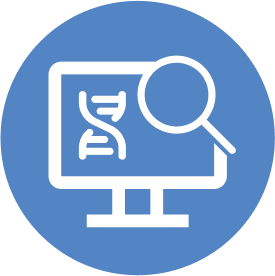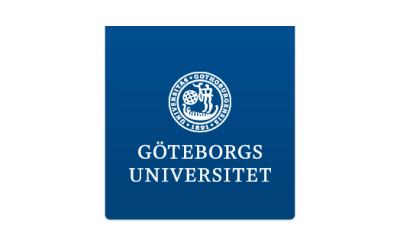Overview
Invasive marine species (Non-Indigenous Species - NIS) are a major threat to marine ecosystems and biodiversity across Europe. Early detection and rapid response are essential to preventing their spread. This DUC focuses on using genetic monitoring, citizen science, and environmental data to provide early warnings and develop predictive models for managing NIS in Europe’s coastal regions.
Challenge
Detecting and managing invasive species is difficult due to limited data and uncertainties about how to respond effectively. Environmental agencies need clearer guidance on when and how to act. A more coordinated and data-driven approach is crucial for faster, more informed responses to marine invasions.
Solution
This DUC combines genetic data from specialised monitoring networks (EMO BON), citizen science alerts, and traditional systematic monitoring programs with marine environmental (e.g., temperature, salinity) and socio-economic data (e.g., traffic, ports, marinas). Genetic data, systematic observations, and environmental data (e.g., water temperature, salinity) are combined to identify invasion hotspots, transmission vectors, and predict shifts in species distribution.
The goal is to provide actionable insights that help prioritize and speed up management actions.
Biological monitoring and sensor resources
Methods and networks using collecting biological data:
- Genetic monitoring networks (e.g., EMO BON) for tracking species through DNA collected from the water column, sediments, or seafloor.
- Citizen science networks, such as (e.g., iNaturalist), which include public participation in species identification
- Systematic observation networks - structured programs that regularly monitor species and habitats.
Data Sources
- Raw genetic data: DNA-based information from European coastal observatories EMBRC-ERIC, providing raw genetic data through the European Nucleotide Archive (ENA).
- Conventional observation data: Observation data from established aggregators such as GBIF (Global Biodiversity Information Facility) and OBIS (Ocean Biogeographic Information System).
- Environmental data: Global environmental data layers from Bio-Oracle
- Socio-economic data: Information related to human activities, such as marine traffic, port activities, and socio-economic impacts available through HELCOM and OSPAR data layers.
Analysis Tools
- PEMA Pipeline: A bioinformatics tool for analyzing genetic data (e.g., 16S/18S rRNA, ITS, COI marker genes) from metabarcoding datasets to identify NIS.
- Species Distribution Models (SDMs): Statistical models using environmental data to forecast areas at high risk of NIS invasions.
- WRiMS Invasive Species Checker: A tool to cross-reference species occurrences with known invasive species databases, enhancing monitoring efforts.
- Phylogeographic Tools: Software and R packages (e.g., phyloseq, rgbif) to study genetic variation and trace migration patterns across different regions.
Expected outputs
Analyses will produce outputs to support the management of non-indigenous species (NIS) in marine environments. Anticipated outcomes are:
- Biogeographic Maps: Visual representations of NIS distribution patterns, highlighting potential future hotspots and migration routes based on current data.
- Early Warning System: Development of actionable early warning alerts for environmental agencies, enabling faster and more effective NIS management interventions.
- Management Recommendations: Insights into high-priority areas for surveillance and intervention, as well as for exemptions to Ballast water treatment.
Target Stakeholders
Environmental agencies dealing with NIS include municipalities, county councils, port authorities, etc.
Public agencies reporting to MSFD and implementing the Ballast Water Management Convention (BWMC).
Digital twin features demonstration
DUC 1 demonstrates two key features of the Digital Twin (DT):
- Sensitivity and anticipation of significant events through rapid response to alien intrusions.
- Identifying data gaps and analytical limitations:
Status: ready for implementation.
Leaders: Matthias Obst (University of Gothenburg), Cristina Huertas (LifeWatch ERIC)


